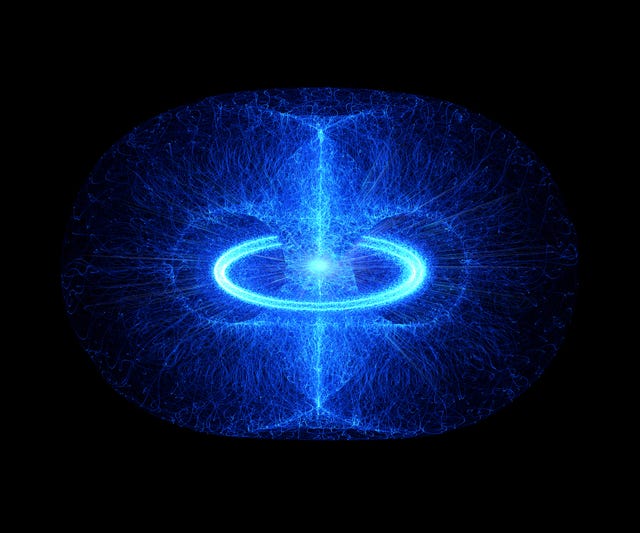This Fuel Is About to Power the World's Biggest Fusion Reactor
This Fuel Is About to Power the World's Biggest Fusion Reactor
But first, scientists need to see if it's ready.
- A smaller sibling of the ITER fusion reactor is testing heavy tritium fuel.
- It’s been 24 years since scientists set the existing fusion record using tritium.
- Tritium has two neutrons compared with deuterium’s single neutron.
Nuclear scientists will soon test the special fuel mix that will eventually power the gigantic International Thermonuclear Experimental Reactor (ITER). The U.K.’s Joint European Torus (JET) reactor is holding a “dress rehearsal” for ITER by testing the fuel first. If the dry run goes well, that’s very good news for the future of fusion.
➡ Join Pop Mech Pro and nerd out over nuclear with us.
ITER is a huge, internationally enmeshed nuclear fusion project. After spending billions of dollars over decades, the reactor is scheduled to switch on for its first productive (“ignited”) fusion in 2035. Until then, teams will work around the clock on construction and testing. That means assembling the gigantic, donut-shaped tokamak reactor, where nuclear fuel will be turned into sun-hot plasma and circulated in a magnetic field.
The magic fuel mix combines tritium and deuterium. There are just 20 kilograms of tritium, a fragile isotope of hydrogen with an extremely short half life, in the entire world. Deuterium, meanwhile, is stable and the secondmost abundant stable isotope of hydrogen—because there are only two stable isotopes. ITER plans to use a 50/50 mix of both fuels beginning in 2035, which means the reactor must be able to withstand a special beating from swirling tritium neutrons that will bombard the exterior of the fusion chamber.
Scientists at JET, then, are beginning to remotely run experiments with different tiny quantities of tritium and different numbers of plasma pulses, all with the goal to find the exact right mix and numbers for ITER to eventually use.




Comments
Post a Comment